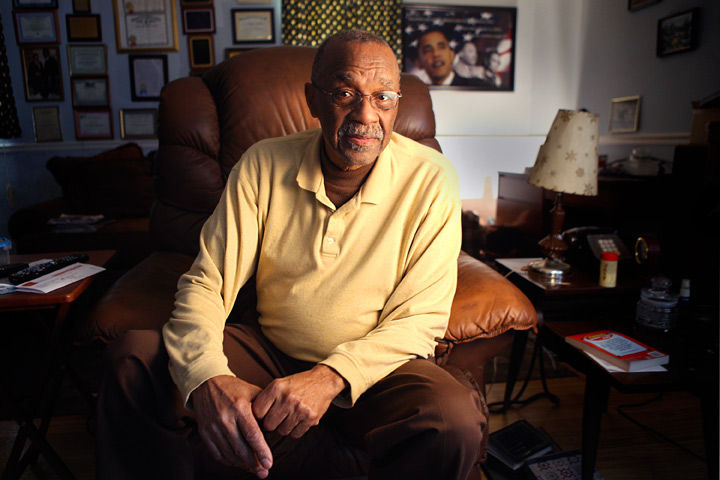Sense of unity arises from segregation
February 22, 2015
The struggle for civil rights is well known. From National Guardsman in Little Rock, Ark., and lynchings in Mississippi, to freedom marches on the streets of Washington D.C., public acts dramatically defying racism and segregation caught the attention of the nation.
Here in Carbondale, there was still struggle, albeit a quiet one.
The struggle was the northeast side of Carbondale, bounded by North Illinois Avenue to the west, Walnut Street to the south and Wall Street to the east.
Advertisement
Prior to the signing of the Civil Rights Act of 1964 by President Johnson, which called for school integration, segregation was alive and well in Carbondale, on the northeast side in particular. This included the all black Attucks High School and Attucks Elementary School.
According to a study financed by the United States Department of Urban Development in 1969, only 12 percent of Carbondale’s population lived on the northeast side, yet contained 96 percent of the black population.
“We had a very clearly defined area where we lived,” said Thomas Bell, a 1957 graduate of Attucks High School. “That’s segregation itself.”
Cleveland Matthews, a 1954 graduate of Attucks High School, remembers when black people were not allowed to cross the tracks into the west side of Carbondale, even to find work. Matthews recalled trying to mow grass on the wrong side of tracks, but was told to leave before the sun went down.
“I thought it was okay for white folks not to want us around,” he said.
Matthews said segregation did not affect him because that was all he knew. He said the only reason he started to pay attention to it was when people were starting to get lynched.
“I said, ‘Whoa, why do white folks hate us so much,’” Matthews said.
Advertisement*
While the Attucks community experienced segregation first hand, it was accepted as the way of life.
“We didn’t know we were segregated,” said 75-year-old Emanuel Miller, a 1954 graduate of Attucks High School. “Out teachers taught us to cope with what we had. … If you never have it, you don’t know it’s missing.”
Miller said desegregation was good and bad.
Good because it provided an opportunity to further the idea of equality in the United States. It also gave students exposure to different cultures. In other words, it gave people an education.
Bad because it took away the closeness of the black community.
Several graduates of Attucks High School reminisced proudly about that unity. Teachers lived in the community, knew every parent and treated the students like family.
“Everyone was interested in providing a total education for everybody,” Bell said. “They gave us all the attention in the world that we needed. … When schools were integrated, we lost that.”
Good or bad, what graduates remember most about segregation at Attucks High School was the camaraderie among students, the sense of community among parents and teachers and the dedication and discipline the teachers provided for the students.
“There was a lot of interest in making sure we were getting a good quality education,” Bell said.
The quiet struggle of segregation within the halls of Attucks High School also had a quiet adversary.
“Education was the way out,” Miller said.
Advertisement








